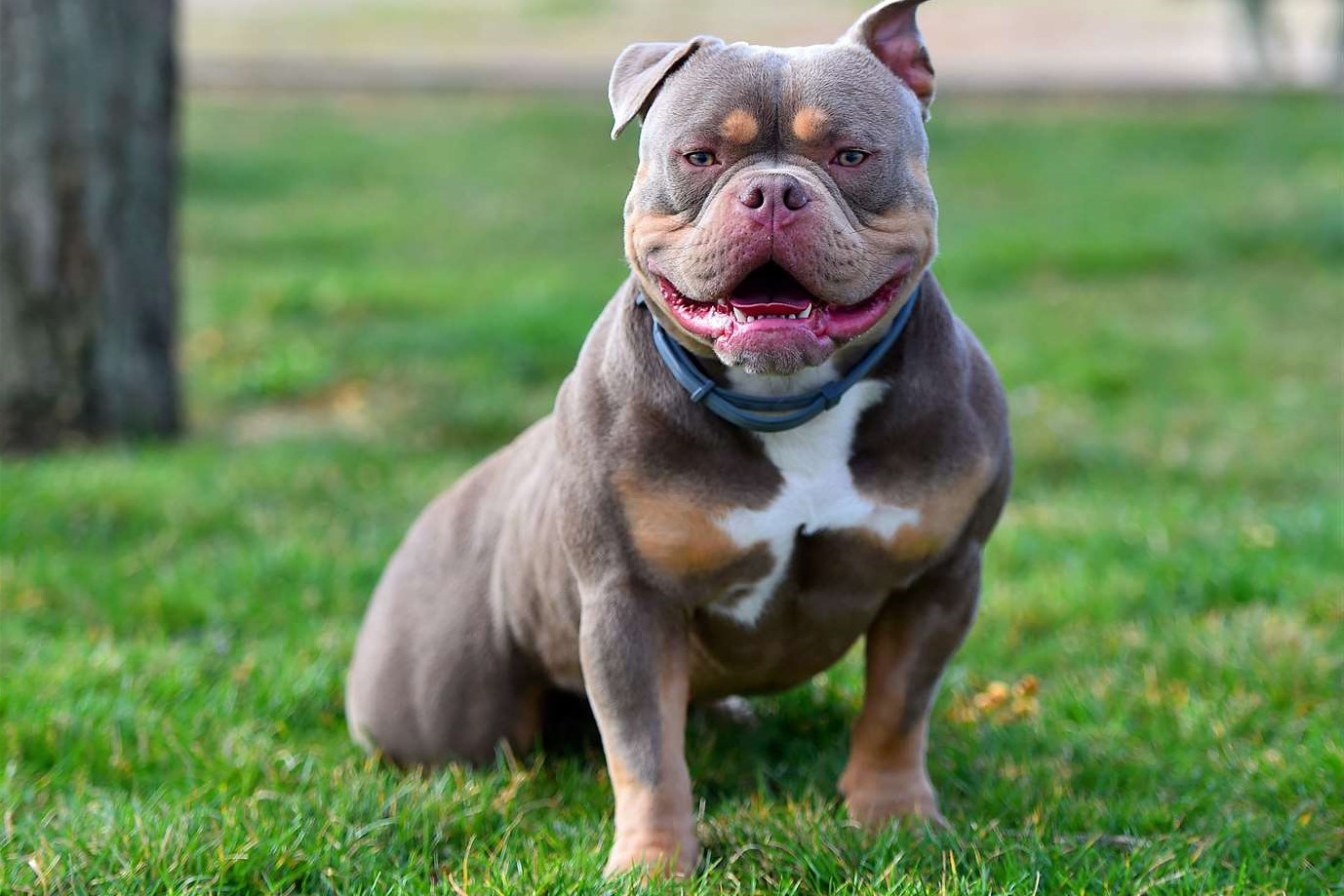
Are you curious about the XL Bully? This breed, known for its impressive size and gentle nature, has captured the hearts of many dog lovers. But what makes the XL Bully so special? Is it their loyalty, strength, or unique appearance? In this blog post, we'll dive into 28 fascinating facts about this remarkable breed. From their history and temperament to their care needs and common misconceptions, you'll learn everything you need to know about the XL Bully. Whether you're considering adding one to your family or just want to know more, these facts will give you a deeper understanding of this incredible dog.
What is an XL Bully?
The XL Bully, also known as the American Bully XL, is a popular breed known for its muscular build and friendly nature. Let's dive into some interesting facts about this unique breed.
-
Origin: The XL Bully originated in the United States in the 1990s. Breeders aimed to create a family-friendly dog with a strong, muscular build.
-
Size: Males typically stand between 20 to 23 inches tall, while females range from 19 to 22 inches. Their size is one of their most distinguishing features.
-
Weight: These dogs can weigh anywhere from 70 to 120 pounds. Their weight is proportional to their height and muscle mass.
-
Temperament: Known for their gentle and friendly nature, XL Bullies are great with children and other pets. They are loyal and protective, making them excellent family dogs.
-
Appearance: They have a broad chest, muscular build, and a large, square-shaped head. Their appearance is both intimidating and impressive.
Health and Care
Taking care of an XL Bully involves understanding their specific health needs and grooming requirements.
-
Lifespan: They typically live between 10 to 12 years. Proper care and regular vet check-ups can help ensure a long, healthy life.
-
Exercise Needs: XL Bullies require regular exercise to maintain their muscle mass and overall health. Daily walks and playtime are essential.
-
Diet: A balanced diet rich in protein is crucial for their muscle development. High-quality dog food and occasional supplements can keep them in top shape.
-
Grooming: Their short coat requires minimal grooming. Regular brushing and occasional baths will keep their coat shiny and healthy.
-
Health Issues: They can be prone to hip dysplasia, heart conditions, and skin allergies. Regular vet visits can help detect and manage these issues early.
Training and Socialization
Proper training and socialization are key to raising a well-behaved XL Bully.
-
Training: They are intelligent and eager to please, making them relatively easy to train. Consistent, positive reinforcement methods work best.
-
Socialization: Early socialization with other dogs and people is crucial. This helps prevent any aggressive tendencies and ensures they grow up to be well-rounded dogs.
-
Obedience: Enrolling them in obedience classes can be beneficial. It helps reinforce good behavior and strengthens the bond between the dog and owner.
-
Crate Training: This can be useful for housebreaking and providing a safe space for the dog. It also helps with travel and reducing anxiety.
-
Leash Training: Given their size and strength, proper leash training is essential. It ensures safe and enjoyable walks for both the dog and owner.
Fun Facts
Here are some fun and lesser-known facts about the XL Bully.
-
Popularity: They have gained popularity in recent years, especially among families looking for a loyal and protective pet.
-
Colors: XL Bullies come in a variety of colors, including blue, black, white, and brindle. Each dog has a unique coat pattern.
-
Recognition: The breed is recognized by several kennel clubs, including the United Kennel Club (UKC) and the American Bully Kennel Club (ABKC).
-
Companionship: They are known to form strong bonds with their owners. Their affectionate nature makes them excellent companions.
-
Adaptability: XL Bullies can adapt to various living environments, whether it's a house with a yard or an apartment. Regular exercise is key to their happiness.
Myths and Misconceptions
There are several myths and misconceptions surrounding the XL Bully breed.
-
Aggressiveness: Despite their intimidating appearance, XL Bullies are not naturally aggressive. Proper training and socialization are crucial.
-
Dangerous Breed: They are often unfairly labeled as dangerous. In reality, they are gentle and loving when raised in a positive environment.
-
Guard Dogs: While they are protective, they are not typically used as guard dogs. Their friendly nature makes them better suited as family pets.
-
High Maintenance: Some believe they require a lot of maintenance. However, their grooming needs are minimal, and they are relatively easy to care for.
-
Expensive: While they can be pricey, the cost of owning an XL Bully is comparable to other large breeds. Proper budgeting can make ownership affordable.
Community and Culture
The XL Bully has a vibrant community and culture surrounding it.
-
Events: There are numerous events and shows dedicated to the breed. These gatherings celebrate the breed and provide opportunities for owners to connect.
-
Online Presence: The breed has a strong online presence, with many social media groups and forums dedicated to XL Bully enthusiasts.
-
Rescue Organizations: Several organizations are dedicated to rescuing and rehoming XL Bullies. They work tirelessly to ensure these dogs find loving homes.
Final Thoughts on XL Bully Facts
XL Bullies are fascinating dogs with unique traits. They’re known for their loyalty, strength, and gentle nature. Despite their tough appearance, they’re often affectionate and great with families. Understanding their history, temperament, and care needs helps in appreciating these amazing dogs.
Always remember, responsible ownership is key. Proper training, socialization, and health care ensure they thrive. They need regular exercise and a balanced diet to stay healthy.
These dogs can be misunderstood due to their size and strength, but with the right approach, they make wonderful companions. If you’re considering adding an XL Bully to your family, make sure to do thorough research and prepare for the commitment.
In the end, these dogs are more than just pets; they’re loyal friends who deserve love and care.
Was this page helpful?
Our commitment to delivering trustworthy and engaging content is at the heart of what we do. Each fact on our site is contributed by real users like you, bringing a wealth of diverse insights and information. To ensure the highest standards of accuracy and reliability, our dedicated editors meticulously review each submission. This process guarantees that the facts we share are not only fascinating but also credible. Trust in our commitment to quality and authenticity as you explore and learn with us.


